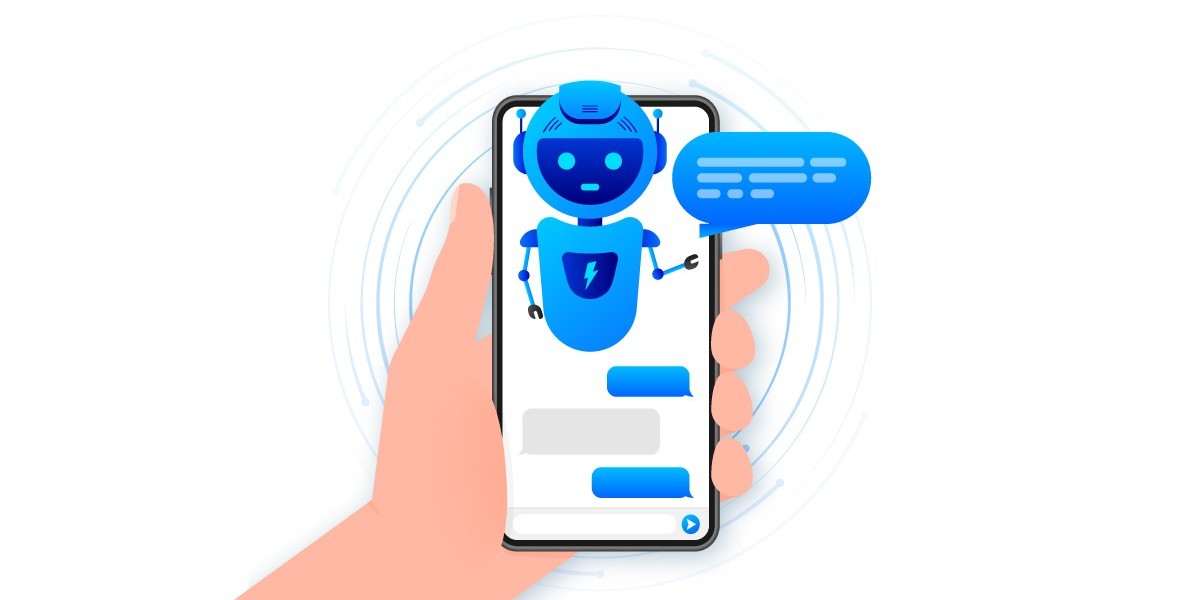In today's fast-paced world, businesses are increasingly turning towards automation to make their operations leaner and meaner, and Human Resources (HR) is no exception. Implementing an HR chatbot has been one of the most innovative ways to make HR processes even better. An HR chatbot is an AI-powered tool to help manage multiple HR functions like recruitment, employee engagement, payroll inquiries, and more. With the rising demand for efficiency, an HR chatbot will help improve the processes of HR, reduce administrative burden, and enhance employee satisfaction.
This is a step-by-step guide that will walk you through the implementation of an HR chatbot, from planning to execution. We will also briefly discuss the white label chatbots and customer support chatbots as complementary solutions.
Step 1: Define Your Goals
Before you get an HR chatbot, it is essential to define the objectives you want to achieve. Depending on the purpose of the organizations, different organizations may apply HR chatbots for different reasons such as:
Streamlining recruitment: Automating the initial stages of recruitment such as resume screening and interview scheduling.
Enhancing employee support: Answering frequently asked HR questions, such as vacation days, payroll, or benefits.
This means streamlining the onboarding process by making it easier and automated for new hires through document submission, FAQs, and policy guidelines.
Employee engagement and feedback: The real-time collection of feedback, and personalized communication, to keep employees engaged.
By clarifying your goals, you can ensure that your HR chatbot is tailored to your specific needs.
Step 2: Choose the Right HR Chatbot Platform
Choose the right HR chatbot platform: The next thing is to find the right platform. The key considerations when selecting a platform include:
Ease of use: Select a user-friendly interface that's easy for the HR team to manage and employees to interact with.
Customization: Some white label chatbots can be branded with your company's logo and colors, keeping the company identity consistent while still using advanced chatbot technology.
Integration: It must integrate well with your other systems, which can include your existing HR applicant tracking systems (ATS), payroll software, or even learning management systems (LMS). It must create a smooth experience for users.
Scalability: Scalable to support growing businesses: Your HR chatbot should scale along with the business. Most small business chatbots are small; however, other HR chatbots are scalable enough to manage big organizations.
AI capabilities: Look for a platform that engages advanced AI and NLP capabilities, making your HR chatbot accurately understand and respond to every possible question thrown at it.
Step 3: Identify Key HR Functions to Automate
Once you have selected the appropriate platform, you need to decide which HR functions you want to automate. Some of the key areas include:
Recruitment: You can automate job posting, candidate screening, and interview scheduling. With HR chatbots, you can ask pre-screening questions, collect resumes, and even schedule interviews without any manual intervention.
Onboarding: HR chatbot will guide the new hires during the onboarding process. It can help complete the necessary paperwork, understand the company policies, and answer the questions they have.
Employee Support: HR chatbots are best suited for addressing regular queries, such as pay, benefits, vacation policies, etc. You can offer 24/7 support through a chatbot, and that will surely increase employee satisfaction.
Employee Engagement: A customer support chatbot may check in and conduct regular surveys to assess how employees feel, providing insight on various aspects of their work life.
Through the automation of such processes, the HR teams have ample time for more strategic engagements, and employees receive quick answers to their inquiries.
Step 4: Customize the Chatbot Experience
One of the advantages of using white label chatbots is the ability to customize the chatbot to reflect your company’s voice and culture. This customization can include:
Branding: Add the company logo, colors, and design elements so that the chatbot feels an extension of the organization.
Conversational tone: This is an opportunity to have the conversational tone of your chatbot similar to that of your company's communication style. Formal, casual, or friendly-it should fit with your brand.
Pre-set responses: Create a list of frequently asked questions and their responses that the chatbot can use to answer common employee queries. This will improve the efficiency of the chatbot and make it feel more personalized.
The more human-like and company-specific the HR chatbot is, the more comfortable employees will be with it, and the overall experience will be much more effective.
Step 5: Test the Chatbot
Before launching the HR chatbot, it should be tested completely. Testing is helpful in finding issues with the chatbot's functionality, conversation flow, and integrations. Consider the following in the testing phase:
Functional testing: Test all the core functionalities, such as scheduling interviews, answering payroll questions, and handling onboarding tasks.
User experience testing: A small group of employees is used to give feedback to the chatbot that it is user-friendly and information is correct.
Integration testing: The chatbot should integrate seamlessly with your HR systems, including payroll or applicant tracking software.
Testing ensures that your HR chatbot delivers the best possible experience to both HR teams and employees.
Step 6: Train the HR Chatbot
It is a point to provide a good and specific training to the HR chatbot so it can understand the questions of the employees and respond accordingly. Basically, it includes training the chatbot to recognize the various questions and respond accordingly. It usually includes:
Feeding data: You would need to feed this chatbot all HR-related information such as the company policies, benefits information, and recruitment guidelines. The more data you have fed your chatbot, the smarter it gets.
Continuous learning: The more the chatbot interacts with employees, the more new data it will collect and improve its understanding. Monitor the interactions of the chatbot and update the training as required.
A well-trained HR chatbot will know how to work with a tremendous number of different questions from its employees.
Step 7: Deploy the HR Chatbot
Once your HR chatbot has been tested and trained, it's time to implement it. This can be through a launch for employees and teaching them how they can use this chatbot; make sure they know the benefits of the product, such as giving them answers regarding HR-related topics, helping in support for the new hires in the company, and assisting employees with scheduling and time management issues.
Also, ensure that employees know how to escalate issues to a human HR representative if needed. While chatbots can handle a variety of tasks, some complex issues may require human intervention.
Step 8: Monitor and Improve the Chatbot
Measure the effectiveness of your HR chatbot after deployment. Generate metrics such as:
Employee engagement: Are employees using the HR chatbot? Do they find it helpful?
Response accuracy: Are the responses accurate and relevant from the chatbot?
Is the chatbot able to complete tasks, such as scheduling interviews or answering payroll questions?
Use this data to continuously improve your HR chatbot so it stays aligned with your business needs.
Conclusion
Implementing an HR chatbot is a strategic move for businesses looking to automate their HR processes, improve employee support, and enhance recruitment. This step-by-step guide will help you create a personalized, efficient, and effective chatbot solution that addresses the unique needs of your workforce.
Furthermore, you may look to a white-labeled chatbot for a product bearing your organizational brand. It would work in an organization's case of recruitment support, employee onboarding, and collecting feedback with immense potential to deliver value benefits, and the adoption journey could indeed be smooth in the right circumstances.
If you require more information or guidance on selecting the best HR chatbot for your business, do not hesitate to contact experts who can guide you in making the best choice for your HR needs.



